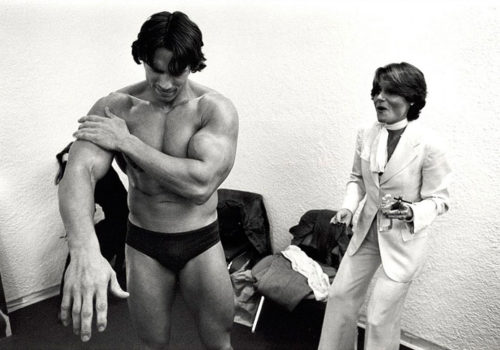The set of illustrated texts compiled by Marvin Heiferman should be read as series testimonies. Each is by turns pertinent, touching, disturbing, poetic and scientific, chosen by theme or at random. For two years, the American curator and critic has collected stories of pictures told by different people. Through this variety of interlocutors, he frees photography from its reductive definition—either artistic or informative—to connect it to commercial, social, political, cultural and personal issues. In a world saturated with images, he reminds us of their overwhelming power to “engage us visually, neurologically, intellectually, emotionally, viscerally and physically.” The book is divided into six section relating to the impact of photography, to the changes it imposes on what we want, what we see, what we do, where we go and what we remember. Each chapter is recognizable by a color code borrowed from the variations of light on a spectrum, introduced by a summary of the different subjects. As opposed to a classic linear essay, this book is a puzzle that one put together as one pleases, with each argument completing the following without the need to approach them chronologically. The design encourages this non-linear reading, and the open meaning takes shape text by text, according the relationship the reader has with the photographic image.
I began with the poem by Jim Moore (p. 133), whose wife Joann Verburg photographed for years while sleeping.
“When I wake
you’ve moved the gladioli behind my pillowed head.
Arms crossed over my chest, I feel refreshed and calm,
as if, waking at my own funeral, I find that death is simple,
not like life at all.”
I continued with the psychologist Jeff Sandoz (p. 240), affirming the power of eidetic memory with the example of a doctor suffering from Alzheimer’s who keeps his bearings in his daily life with a photographic inventory of his experiences. Then i read the anthropologist Elizabeth Edward (p. 121) using a single photograph to illustrate the polysemy of images, showing the different reactions of the author of a photograph and its many viewers. Next was Fred Ritchin (p. 177), who has this to say about citizen photojournalists:
We will probably need to get used to seeing dozens, even hundreds, of photographs and videos made by citizens and posted directly online. All those images will demand more of readers and viewers, who will have to sort through them to figure out what the mass of unedited imagery is saying. All those images will also make it harder to wrongly accuse any single image of being faked.
I’ll let you decide in what order you wish to discover the hundred other testimonies.
“Photography Changes Everything”
Edited and with an Introduction by Marvin Heiferman,
Foreword by Merry A. Foresta
Editions Aperture / Smithsonian Institution
264 pages
$39.95/£25.00
















